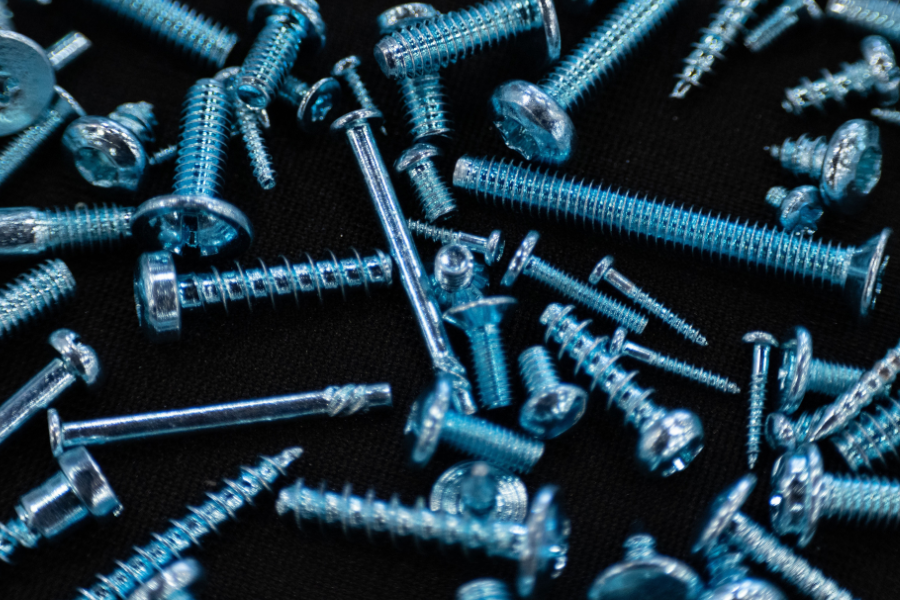Fastener sourcing involves the process of finding and acquiring the right fasteners for specific applications or projects. Implementing best practices in fastener sourcing can lead to improved efficiency, cost-effectiveness, and better overall results. Here are some best practices to consider:
- Understanding Project Requirements: Before you begin sourcing fasteners, thoroughly understand the requirements of your project. This includes knowing the type, size, material, and quantity of fasteners needed. Consider factors like load capacity, corrosion resistance, temperature, and environmental conditions.
- Quality and Compliance: Ensure that the fasteners you source meet relevant industry standards and regulations. Look for reputable suppliers who can provide documentation and certifications, such as ISO 9001, ISO 14001, and RoHS compliance, to ensure quality and safety.
- Work with Reputable Suppliers: Establish relationships with trustworthy and reliable suppliers. Look for suppliers with a proven track record in the industry, good customer reviews, and a history of delivering quality products on time.
- Cost-effectiveness: While quality is essential, cost is a crucial factor in any project. Aim for a balance between cost and quality by comparing prices from different suppliers. Consider the total cost of ownership, which includes factors like transportation, storage, and maintenance.
- Bulk Purchasing: Buying fasteners in bulk can often lead to cost savings. However, ensure that you have enough storage capacity and the need for the quantities you are purchasing.
- Samples and Testing: Request samples of fasteners before placing a larger order. Perform testing if necessary to ensure that the fasteners meet your project’s requirements and specifications.
- Supply Chain and Lead Times: Evaluate suppliers based on their supply chain capabilities and lead times. Consider the proximity of suppliers to your location, as this can impact delivery times and shipping costs.
- Inventory Management: Implement effective inventory management practices to avoid stockouts or overstocking. Keeping track of fastener usage and reordering in a timely manner can help optimize your inventory levels.
- Communication and Collaboration: Maintain clear communication with your suppliers, especially regarding any changes in project requirements, delivery schedules, or quality expectations. Collaborate with them to find the best solutions for your fastener needs.
- Continuous Improvement: Regularly assess your fastener sourcing process and identify areas for improvement. Seek feedback from your team and suppliers to refine your practices and achieve better results over time.
By following these best practices, you can streamline your fastener sourcing process, reduce risks, and ensure the successful completion of your projects.
Top reasons why attendees come to IFE, 74% say it’s to meet with current suppliers and another 68% to source new suppliers. Register today to attend IFE 2023 – October 9-11!








